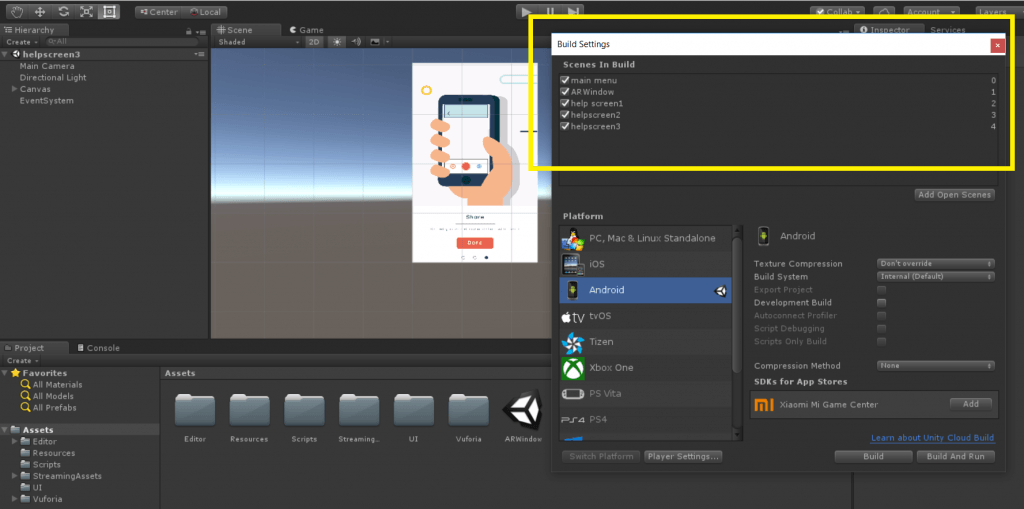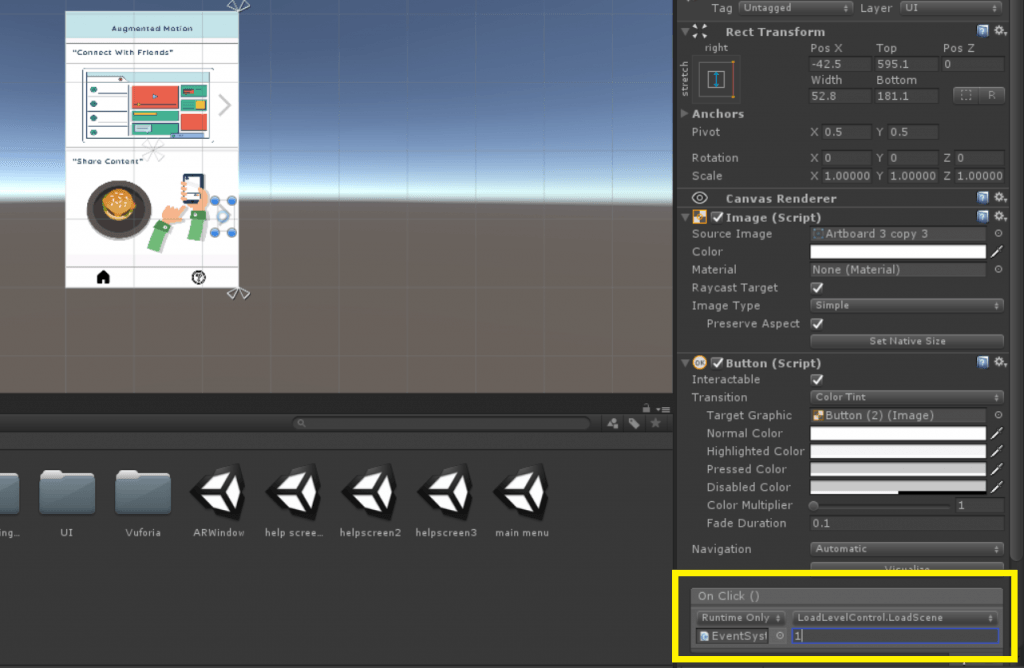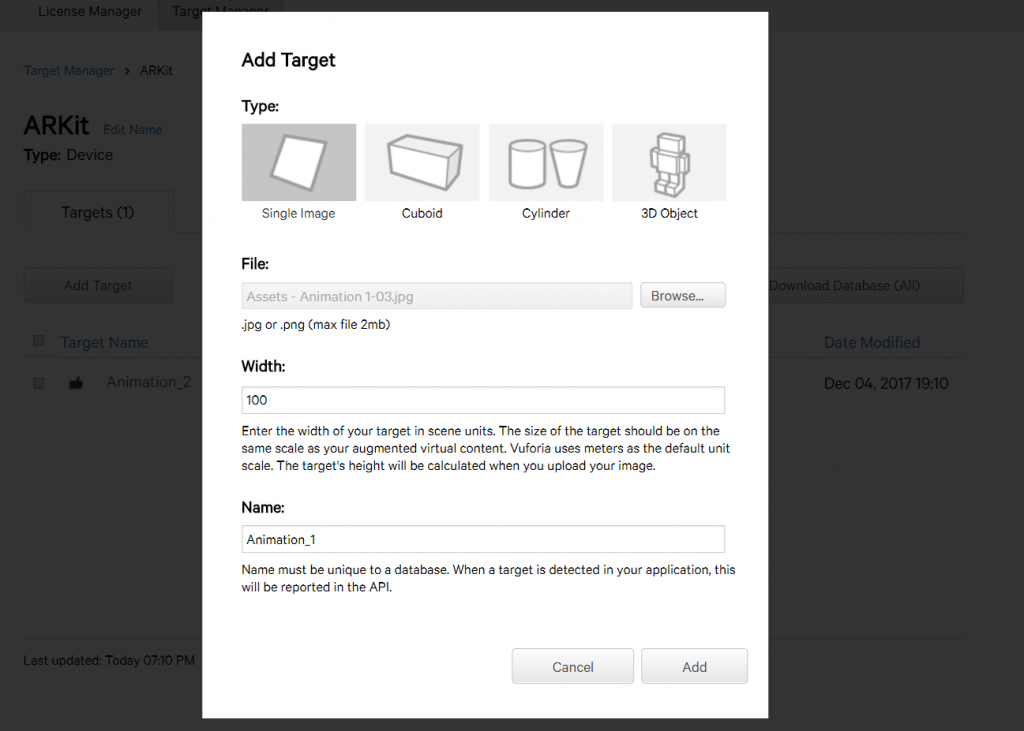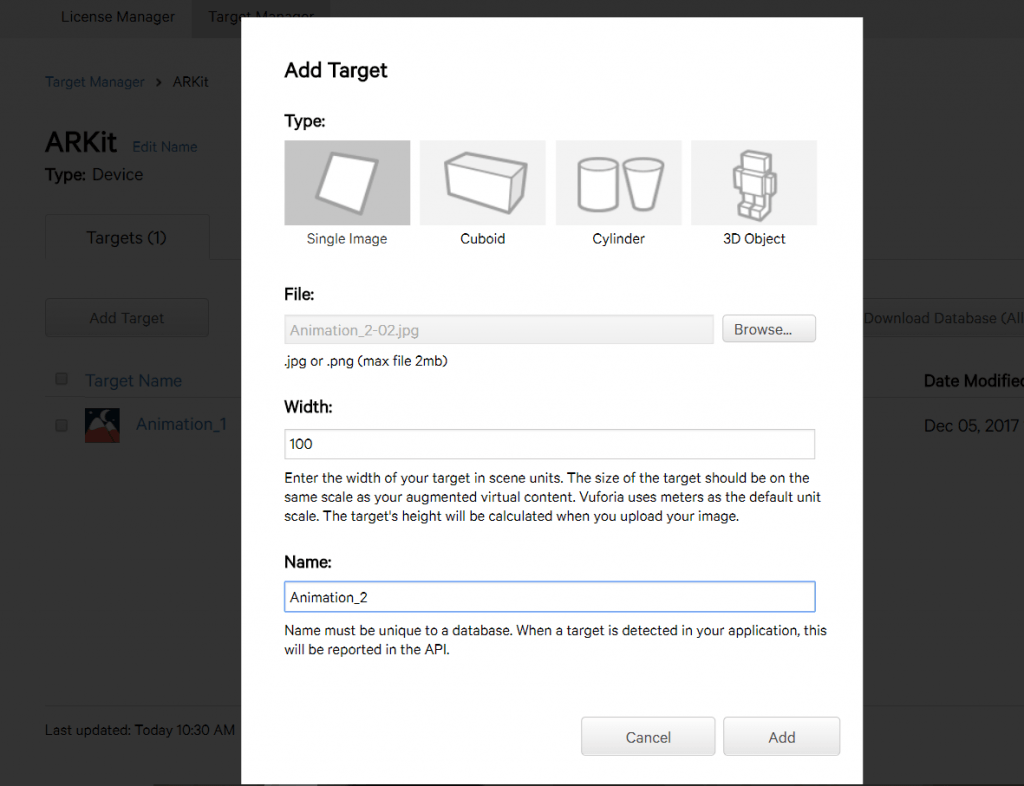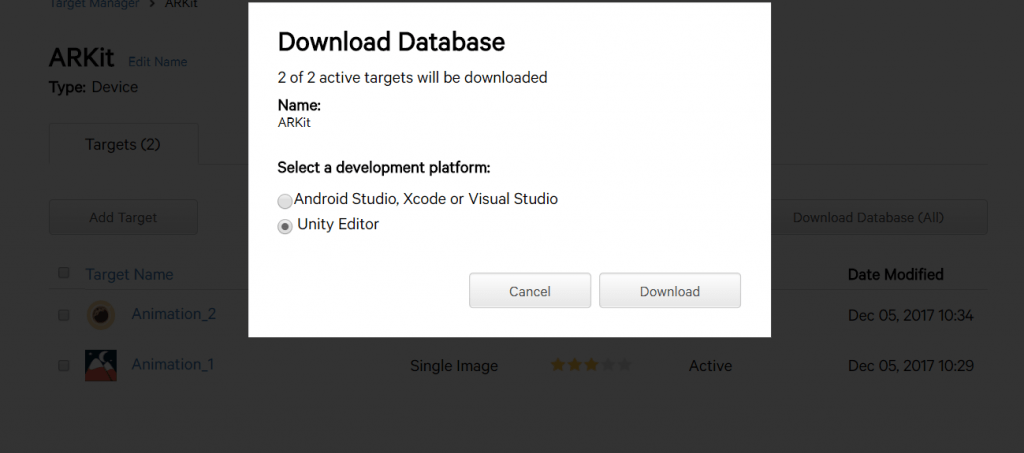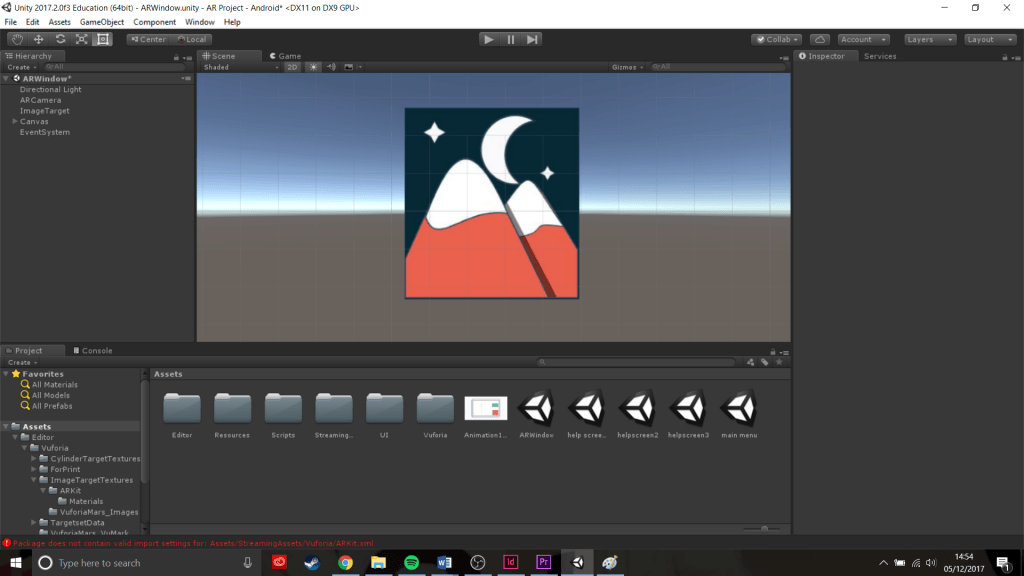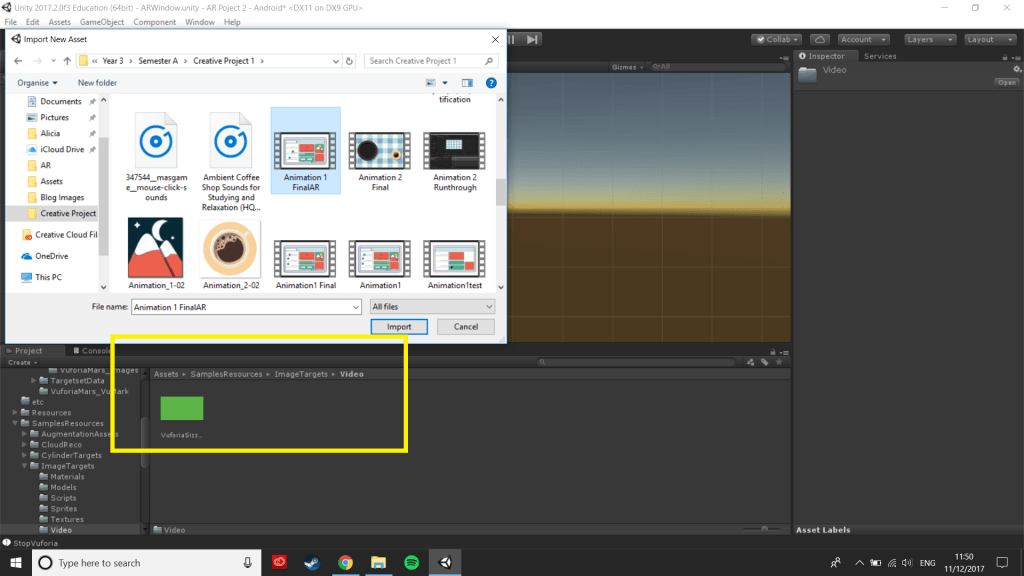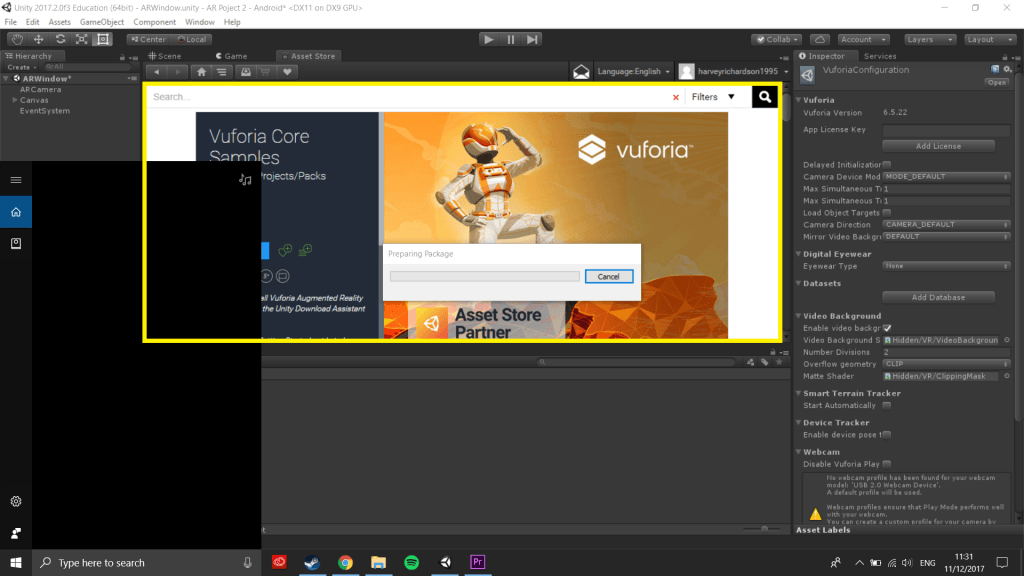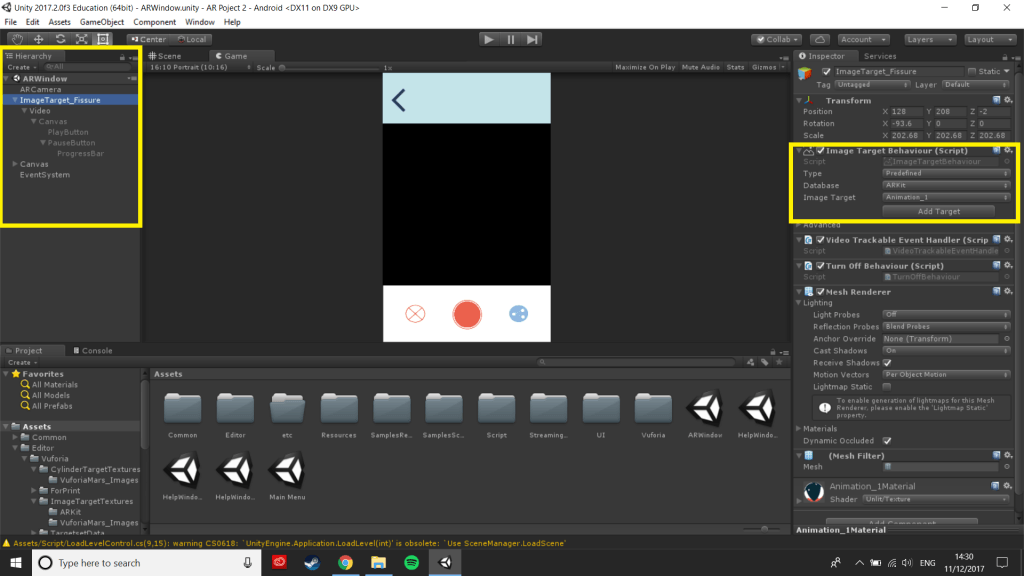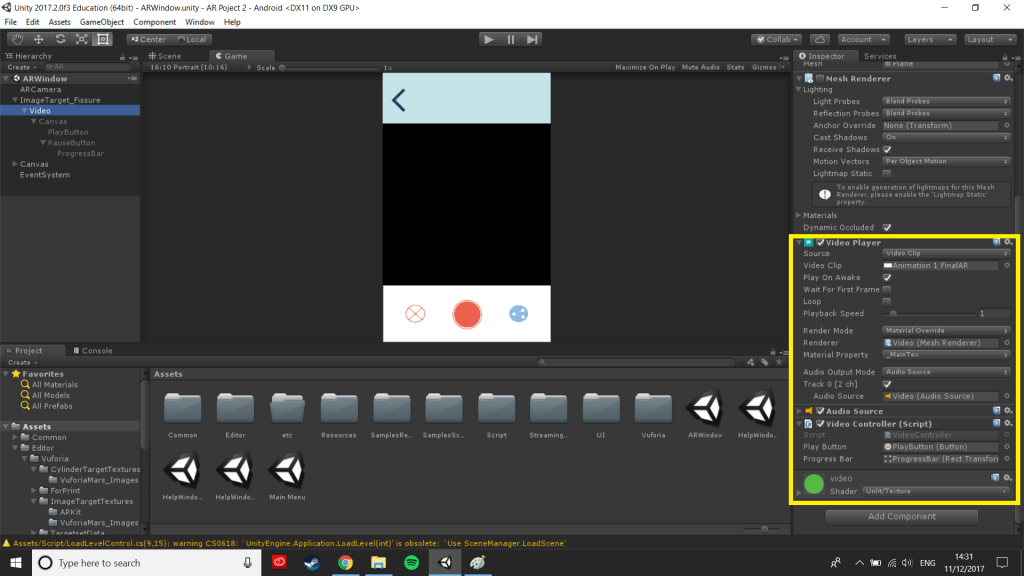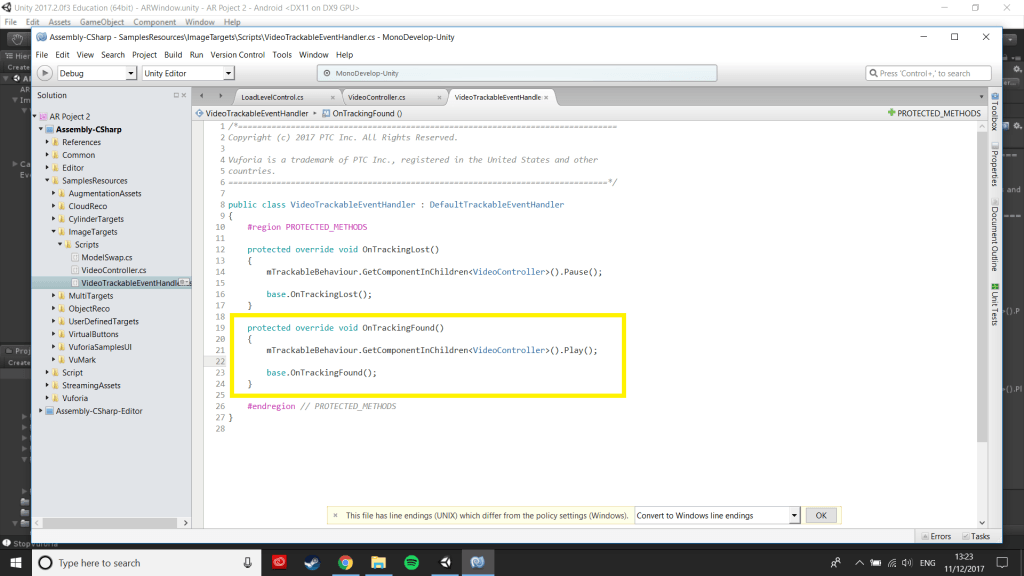During this semester, I have been able to freely develop my skills and understanding of a subject field I enjoy. This has enabled me to develop on my digital skills in terms of designing unique looking assets, which in turn are animated and projected through augmented reality. During this semester, I have enjoyed being able to put my full effort and attention into a project that I came up with and developed, having a keen interested and desire to improve and develop skills in the subject allowed me to freely work and adapt the project with ease. This I believe can be shown throughout the work I have done this semester. As always, I have enjoyed being able to interact with a wider audience, receiving positive and constructive feedback on how to improve my project from people with a wider skillset than mine was both inspiring and insightful. It was also nice to see that people were interested in my project and that they wanted to see any improvements I made.
It is always good to seek guidance and inspiration from other content creators. Conducting analogous reviews on other motion graphic pieces had a huge impact on my final designs, and for future projects. I am also aware of the benefits of asking others for help, this being from fellow students and mentors. Allowing others to look at your project from another perspective resulted in new ideas and techniques into improving content.
Difficulties that I faced were mainly technical, as both Unity and After Effects were new to me I had to spend a little more time working on my motion graphics and scenes within Unity to further understand the software’s. However, through patience and perseverance I believe I have developed greatly on these skills. If I was to approach a similar project in the future I would like to spend even more time on the development process of creating a motion graphic piece. Creating a longer and more technical animation, in terms of the assets I use and how I animate them with keyframes and tools, would allow me to develop my skills to maybe even a professional level. I would also like to give myself more time in creating the augmented reality side of the project. As although I believe I have done a sufficient amount for this module, it could have been more polished as I did not estimate the sort of timescale needed to create an augmented reality piece.
Overall this module has allowed me to further understand what aspects of digital media I needed to consider and develop my skills in. Working in a helpful and safe environment, it allowed me to fail fast and improve on new ways to create exciting and fun content, all of which can be integrated into my portfolio.
